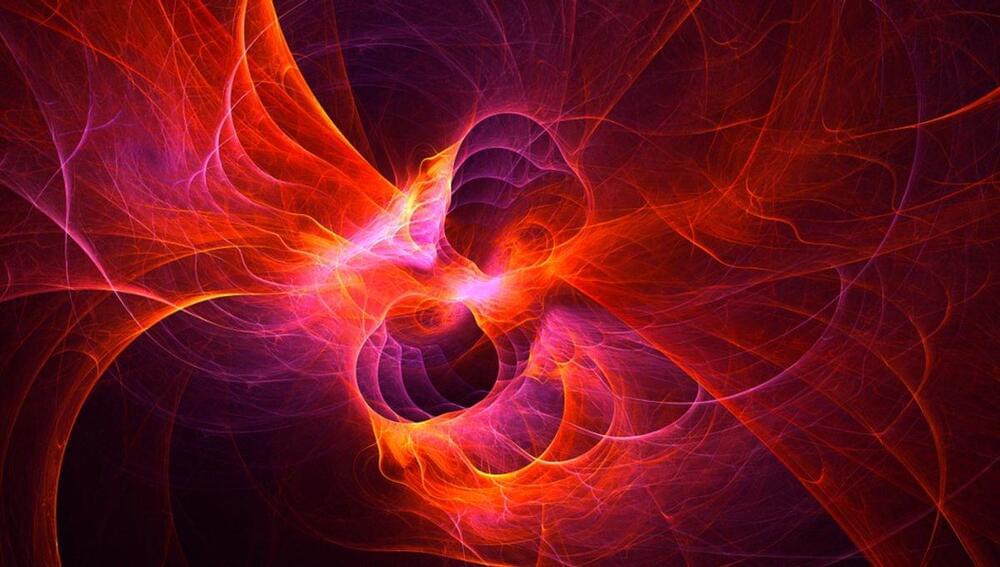There is a lot of speculation about the end of the universe. Humans love a good ending after all. We know that the universe started with the Big Bang and it has been going for almost 14 billion years. But how the curtain call of the cosmos occurs is not certain yet. There are, of course, hypothetical scenarios: the universe might continue to expand and cool down until it reaches absolute zero, or it might collapse back onto itself in the so-called Big Crunch. Among the alternatives to these two leading theories is “vacuum decay”, and it is spectacular – in an end-of-everything kind of way.
While the heat death hypothesis has the end slowly coming and the Big Crunch sees a reversal of the universe’s expansion at some point in the future, the vacuum decay requires that one spot of the universe suddenly transforms into something else. And that would be very bad news.
There is a field that spreads across the universe called the Higgs field. Interaction between this field and particles is what gives the particles mass. A quantum field is said to be in its vacuum state if it can’t lose any energy but we do not know if that’s true for the Higgs field, so it’s possible that the field is in a false vacuum at some point in the future. Picture the energy like a mountain. The lowest possible energy is a valley but as the field rolled down the slopes it might have encountered a small valley on the side of that mountain and got stuck there.
